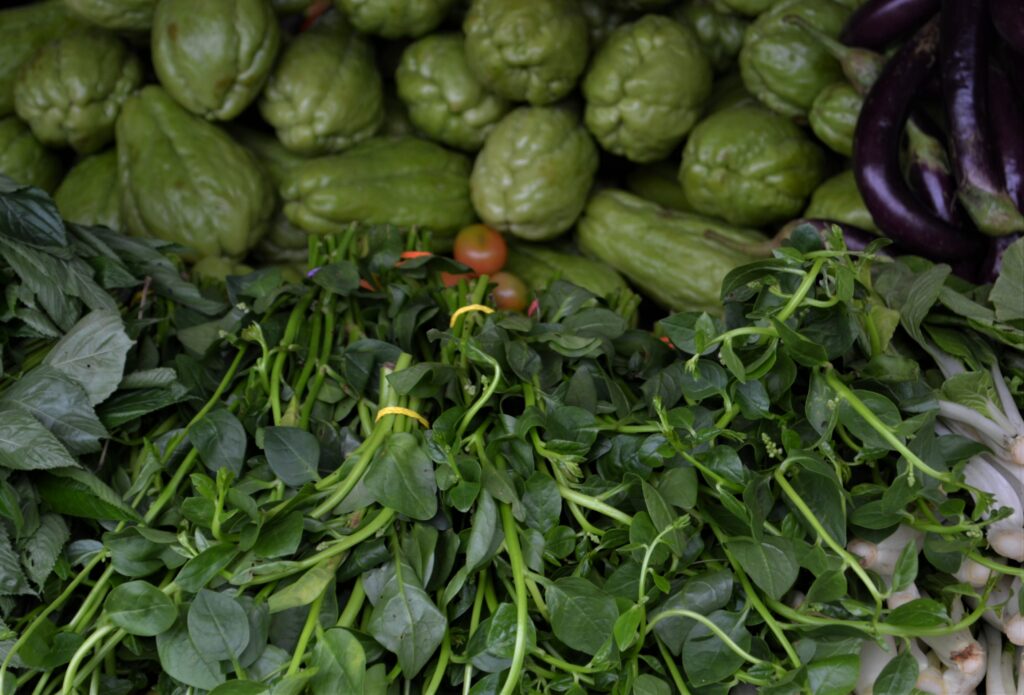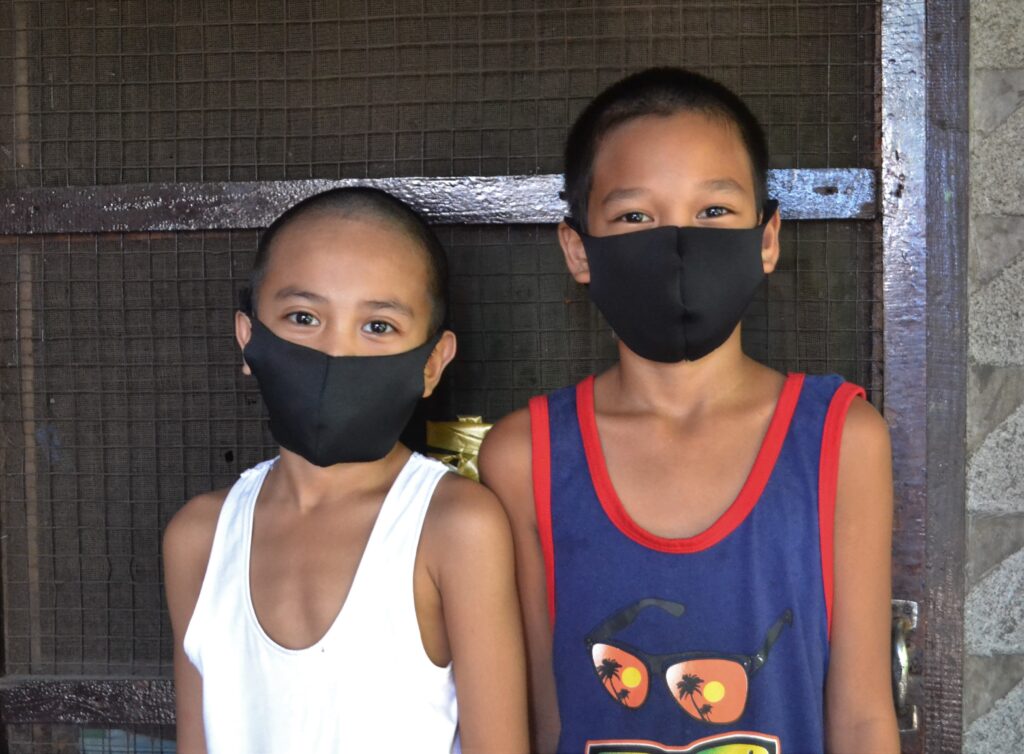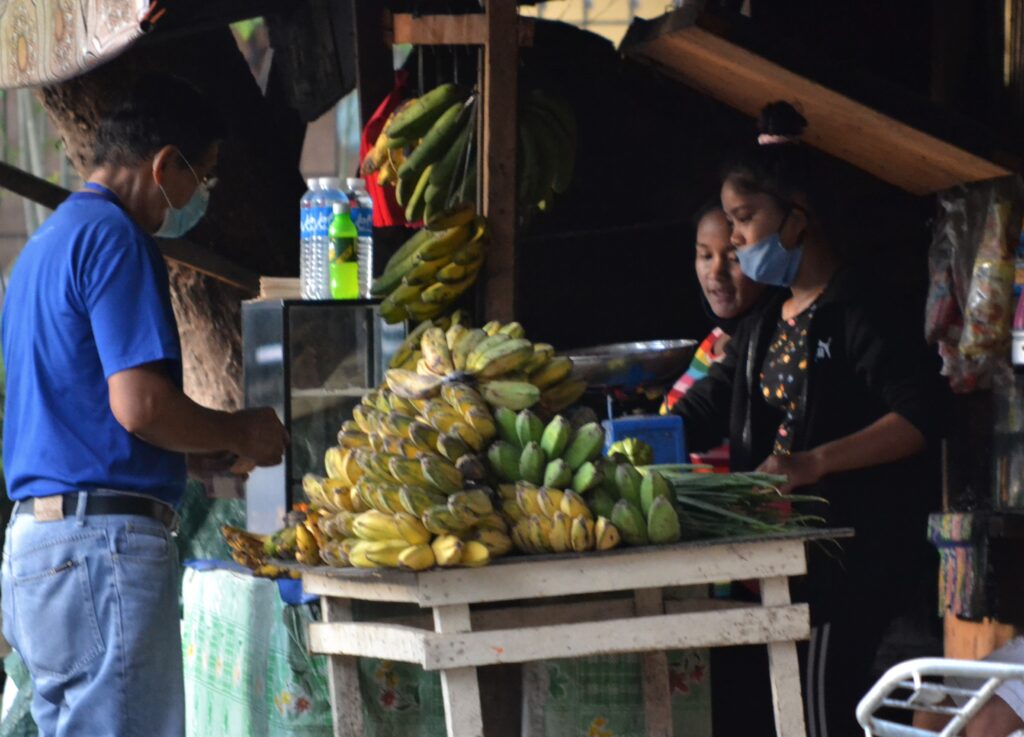Written by Henrylito D. Tacio
When it comes to the availability of food, pregnant women and children are the most affected individuals by the current coronavirus disease 2019 (COVID-19), according to a study conducted by the Food and Nutrition Research Institute (FNRI) of the Department of Science and Technology (DOST).
“Impact of the COVID-19 pandemic on food insecurity was highest in 7 in 10 or 74.7% of households with children and 8 in 10 or 80.8% of households with pregnant members than in households without such members,” the assessment of study said.

The FNRI’s Rapid Nutrition Assessment Survey (RNAS) disclosed the findings in a virtual presser on Food Security, Coping Mechanisms, and Nutrition Services during the COVID-19 Pandemic.”
The survey divided the areas into three categories, based on Inter-Agency Task Force (IATF) on Emerging Infectious Diseases announcement on July 15, 2020, and a number of COVID-19 positive cases from the Department of Health tracker as of July 16, 2020: high risk, moderate risk, and low risk.
In high-risk areas, 1,333 households were covered: 302 from Parañaque City and 757 in Lapu-Lapu City. Three areas were considered moderate-risk areas with 2,413 respondents: 931 from Pangasinan, 717 from Southern Leyte, and 765 from Zamboanga City. About 1,971 households were covered for the low-risk areas: 774 from Angeles City, 411 from Guimaras, and 786 from South Cotabato.
“The RNAS provides a snapshot of the nutrition and food security situation of the country during the COVID-19 pandemic,” pointed out Dr. Imelda Angeles-Agdeppa, FNRI chief science research specialist and RNAS project leader.
Based on the RNAS findings, policymakers can be aided “in understanding the impact of the COVID-19 pandemic on food and nutrition security of Filipinos” and “guide reprogramming and enhancing of appropriate programs.”
The PNAS study also showed that about 2 in 10 or 16.7% of household heads lost jobs and this was highest at 18.1% in COVID-19 high-risk areas. About 17% had job opportunities, and this was highest in COVID-19 medium risk areas at 18/6%, mostly service- and agriculture-related.
Another finding: 6 out of 10 or 62.1% of households experienced moderate or severe food insecurity.
“Food insecurity was higher in low- and moderate-risk than in the high-risk areas because high-risk areas are in highly-urbanized cities, where food availability and accessibility might be easier due to local government units, national government, or private assistance,” the study surmised.
The top coping strategies to avail of foods adapted by food-insecure families, according to the survey, included purchasing food on credit (71.8%), borrowing food from relatives and neighbors (66.3%), barter or exchanging goods (30.2%), and adults limiting the amount of food intake in favor of children (21.1%).

Problems encountered by more than half of 56.3% of households in accessing food during community quarantine involved no money to buy food (22.1%), no public transportation and can’t go out (20.9%), and loss of job (19.5%).
Among the intervention programs availed of by RNAS respondents during the pandemic were as follows:
· Almost all (96.6%) received food assistance (known as “ayuda”) from the local government units (LGUs) and other private and/or non-government organizations (NGOs), of which 48.9% received it 2-3 times.
· Increased frequency of “ayuda” was noted in high-risk areas, of which 51.7% of surveyed households received it 4-7 times.
· Only 2-3 times of “ayuda” were received by 57.6% of respondents in low-risk areas and 51.2% by medium-risk areas.
· More than half (62.9%) of households received cash assistance from either the national or local government units, of which about 58.7% received it once.
· About 56.4% of respondents in the high-risk areas received cash assistance twice. In low-risk areas, 78.2% of surveyed households received cash assistance only once.
Basic nutrition and health services were also affected by COVID-19, as indicated by the significant reduction in the participation of these programs: Operation Timbang (51.1%), vitamin A supplementation (54.9%), supplementary feeding (11.9%), and deworming (35.5%).
Gaps in accessing health facilities for maternal health services during the pregnancy was also evident. The survey found out that 15.5% of pregnant women did not avail prenatal check-up because of the following:
Fear of going to any health facility (39.1%), no available transportation (34.8%), not aware of current pregnancy (13%), no money to go to the nearest health facility (13%), and busy, had no time, or not interested (13%).
The survey observed that the Barangay Health Center was the most accessible health facility (69.9%) for maternal health services, followed by private clinics (23.2%). On the negative side, about 14.2% of pregnant women did not take vitamins and minerals supplements.

“Employment, food security, food accessibility, access to health and nutrition programs for children, including pregnant women, are priority concerns during pandemics and disasters in areas covered by RNAS,” explained Science Secretary Fortunato Dela Peña on why the survey was conducted.
“These priority concerns,” he pointed out, “may increase the percentages of nutrient deficiencies and undernutrition, leading to frequent illness that weakens the immune system, that increases susceptibility to COVID-19 and other viral infections resulting to tremendous medical cost, lost opportunities, and economic drain.”
The science secretary concluded, “The DOST’s call to action in terms of policy implication based on these results is that donations, government services, and benefits must be decentralized from the highly-urbanized cities and extended equally to provinces with fewer resources and with minimal or no benefactors.”

